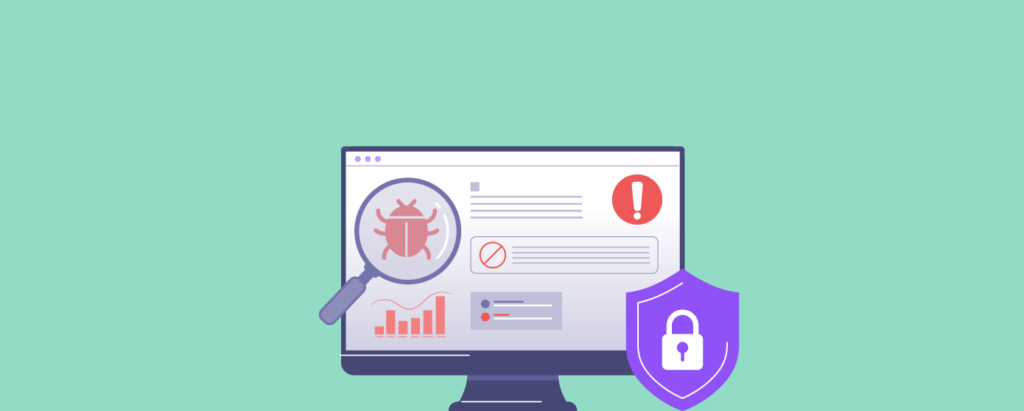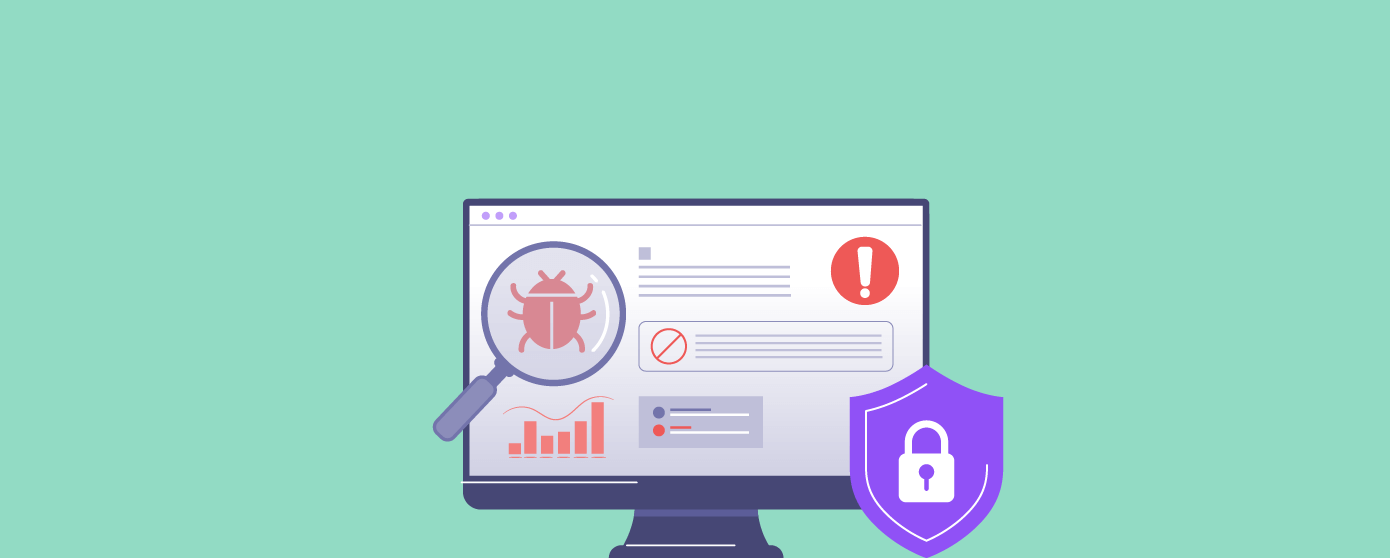
Key Takeaways
- An essential tool for spotting and thwarting possible security risks is vulnerability assessments.
- Regular assessments help maintain a robust cybersecurity posture.
- Various tools and frameworks aid in conducting thorough assessments.
- Implementing assessment findings can significantly reduce the risk of cyber-attacks.
Table of Contents
- Importance of Vulnerability Assessments
- Critical Components of Vulnerability Assessments
- Tools and Frameworks
- Best Practices
- Real-Life Examples
- Implementing Findings
- Future Trends
Importance of Vulnerability Assessments
Vulnerability assessments play a crucial role in modern cybersecurity by identifying and addressing potential security flaws before they can be exploited. Conducting different types of vulnerability assessments helps organizations stay ahead of threats and protects sensitive data and systems from cyberattacks. These assessments provide a proactive approach to security, allowing businesses to address issues promptly and effectively.
To maintain a robust security posture, the National Institute of Standards and Technology emphasizes the significance of routine evaluations. These evaluations enable organizations to understand their risk landscape, prioritize vulnerabilities, and allocate resources efficiently to mitigate potential damage. In an unpredictable cyber landscape, staying prepared is not just recommended; it’s essential for ensuring long-term security and operational continuity.
Critical Components of Vulnerability Assessments
- Asset Inventory: Identifying and cataloging all assets, including hardware, software, and data, is the first step in a vulnerability assessment. Understanding what needs protection and where potential weaknesses lie forms the foundation of any effective security strategy.
- Threat Identification: Recognizing potential threats that could exploit vulnerabilities in the system is crucial. This involves understanding both internal and external threats, ranging from malware and phishing attempts to insider threats and human error.
- Risk Assessment: Ranking the likelihood and effect of every threat found aids in determining which vulnerabilities require repair first. It’s about understanding which threats pose the most significant risk and addressing them first.
- Remediation Planning: Develop actionable plans to address identified vulnerabilities, including patches, updates, and changes in protocols. This step involves coordination across different teams to ensure that all mitigation actions are carried out effectively and efficiently.
Tools and Frameworks
Several tools and frameworks aid in conducting comprehensive vulnerability assessments. These tools help automate the process, making it more efficient and thorough. For example, using a database like CVE Details offers a detailed view of vulnerabilities affecting various software over time. Such tools provide critical insights that help organizations stay updated about potential vulnerabilities in their systems.
Moreover, frameworks such as the Open Web Application Security Project (OWASP) provide guidelines and tools to assist businesses in evaluating and strengthening their security posture. OWASP offers detailed methodologies for identifying, assessing, and mitigating security risks, ensuring a structured approach to vulnerability assessment. These resources are invaluable in maintaining a proactive approach to cybersecurity, enabling organizations to address vulnerabilities before attackers exploit them.
Best Practices
Adhering to best practices is essential for practical vulnerability assessments. Here are some recommended practices:
- Conduct regular assessments to stay ahead of evolving threats. Frequent evaluations ensure that new vulnerabilities are identified and addressed in a timely manner.
- Ensure all software and hardware are up-to-date with the latest patches and updates. Regular updates close security gaps that cybercriminals could exploit.
- Incorporate employee training to recognize and respond to potential security threats. Knowledgeable staff members are a robust line of protection against security breaches, which frequently result from human mistakes.
- Use comprehensive assessment tools that cover all aspects of the system. Utilizing robust tools ensures thorough identification and management of vulnerabilities.
- Document all findings and remediation actions for future reference. Keeping detailed records helps in tracking progress over time and aids in future assessments.
Real-Life Examples
Real-life examples of cybersecurity breaches highlight the importance of vulnerability assessments. One notable case is the 2017 Equifax breach, where a missed vulnerability led to one of the most significant data breaches in history. This incident resulted in the exposure of the personal information of over 147 million people, emphasizing the critical need for timely and thorough vulnerability assessments.
This hack should serve as a lesson to all companies. Despite warning signs and available patches, the failure to address the vulnerability led to severe consequences. Such incidents underscore the importance of taking vulnerability assessments seriously and acting swiftly on the findings to prevent similar breaches.
Implementing Findings
Finding vulnerabilities is only half the fight, as the actual security gains come from putting the findings into practice. It involves applying patches, updating security protocols, and sometimes overhauling outdated systems to mitigate identified risks. The U.S. Cybersecurity & Infrastructure Security Agency provides guidelines on effectively addressing and rectifying vulnerabilities.
Organizations should develop a clear action plan and timeline for remediation, ensuring that all stakeholders are aware of their roles and responsibilities in the process. Regular follow-ups and re-assessments are also necessary to verify that the remediation efforts are practical and that no new vulnerabilities have arisen. This continuous cycle of assessment, remediation, and verification is necessary to have a robust cybersecurity posture.
Future Trends
The future of vulnerability assessments is moving in the direction of further automation and AI integration. AI-driven solutions can identify and even remediate vulnerabilities in real time, significantly reducing the window of exposure. This shift will allow organizations to maintain a robust security posture more efficiently and effectively.
Furthermore, as cyber threats continue to evolve, the methodologies and tools used for vulnerability assessments will also need to adapt. It will be crucial for enterprises to keep up-to-date with the most recent developments in cybersecurity and developments in order to safeguard their assets in an increasingly digital environment. The integration of advanced technologies, combined with established best practices, will be vital to navigating the complex threat landscape of the future.

